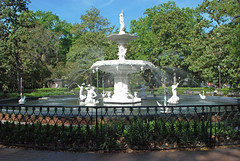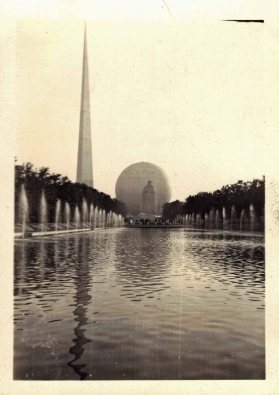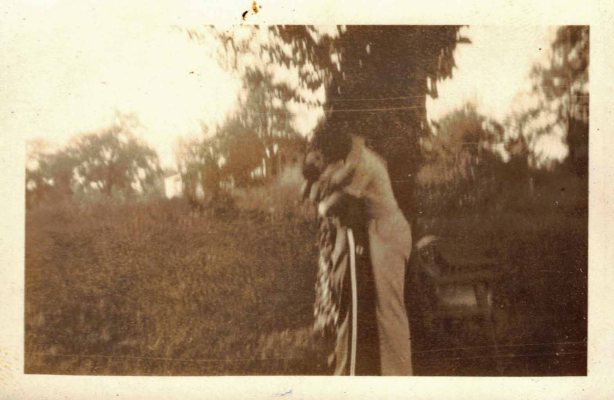Photographs created using film possess a wonderful mystique. Perhaps because film is firmly, unshakably rooted in the past and isn’t that one of the great lures of many photographs, a glimpse into the past? But unlike their born digital siblings photographs with film origins must always first assume a physical form to be seen, much less appreciated. Additionally, this tactile manifestation cannot dodge the vagaries of time. Of course born digital photos can be also printed, but the momentum of the culture tilts in another direction. They are viewed through a piece of technology which always renders them as crisp and clear as a brisk spring morning. Analog photos get passed about, tossed in a pile, thrown in a box, slipped into an album. The unrelenting press of human interference is apparent. When you hold an old photograph with its creases and tears and faded imagery you realize the subject matter is not the only aspect of it which shows how time unyieldingly moves along. This dual metamorphosis magnifies the photograph’s impact with the sober reminder that becoming part of the past is the future for everything.
The mystique extends elsewhere. Once a person held a camera, pointed that camera in a specific direction, and depressed its shutter button. A simple burst of reflected light quickly slipped through open shutter and worked a bit of magic on a strip of film, possibly made of cellulose nitrate. Later on that film, now exposed, was massaged by a person in a darkroom through the manipulation of various chemical agents and water. Eventually that burst of reflected light was converted into a tangible thing, a negative image. This negative image was transformed into a positive image–a photograph–using paper specifically manufactured for that purpose. How cool is that? It would be a shame if that artful skill was destined for the same fate as blacksmithing.
All photographs retain a remarkable power, the power to capture what was, if only for an instant, then transport us to that time and place. Yet somehow this power is heightened with old photographs which, at least for now, are products of film. It could be reasonably argued film is not the genesis of this transportive power. Maybe it is simply the passage of time. In 70 years born digital photographs might enthrall viewers the same way analog photos from 70 years ago enthrall us. Maybe. Today’s photographs may ultimately retain all their tones and colors and hues for decades, they may always appear as sharp as they do now, but it would be a mistake for future generations to assume those photographs have lost nothing. Indeed, they may have lost the most important thing.










I took a couple of photography classes in college and loved working in the darkroom. I always liked the challenge of film and slide film in particular. You must capture the exposure exactly with slide film. Slide film can’t be manipulated in the darkroom to make up for under or overexposed film.
LikeLike
Too technical for me!
LikeLike
I was just wondering, this morning, where our photographs of the 1964 New York World’s Fair ended up.
Great post, John. I especially liked this: “…becoming part of the past is the future for everything.”
LikeLike
Thanks, Charles.
I’m 99% sure I attended the ’64 World’s Fair, but there is no evidence to substantiate this. At least none of which I am aware.
LikeLike
I just have to ask… is that last photo you with your first girlfriend? HEEHEE. I’m such a snot..
LikeLike
Cute, real cute! 🙂
LikeLike